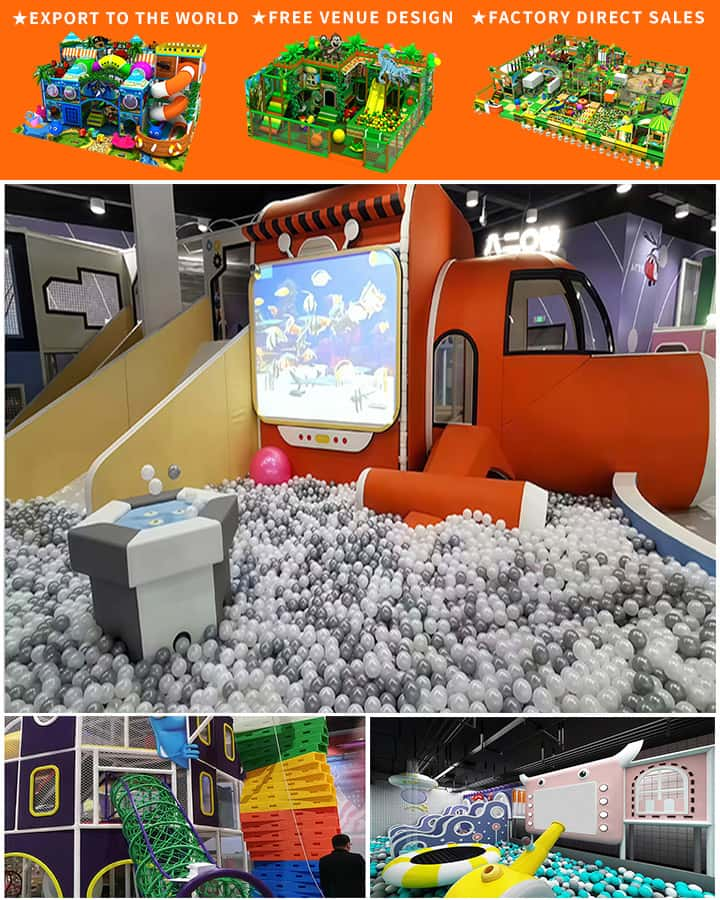Creating an engaging and safe playground is a crucial aspect of providing quality education and recreation for schoolchildren. However, the cost of playground equipment can be a significant concern for school administrators and districts. This article explores the various factors that affect the cost of playground equipment for schools and provides insights on how to balance fun and budget effectively.
Factors Influencing the Cost of Playground Equipment
Type of Equipment: The type of equipment you choose will largely dictate the total cost. Basic structures like swings, slides, and seesaws are generally more affordable than elaborate play systems or custom-designed pieces. Specialized equipment, such as sensory or inclusive play devices, may also come with a higher price tag due to their unique features and benefits.
Material Quality: The durability and safety of playground equipment are paramount, which often means investing in high-quality materials. Metal, plastic, and wood each come with different price points, and while initial costs may vary, long-term maintenance and replacement costs should also be considered.
Safety Standards: Compliance with local and national safety standards is non-negotiable. Equipment that meets these standards tends to be more expensive due to the rigorous testing and certification processes it must undergo. However, this investment pays off in terms of safety and reduced liability risks.

Installation and Maintenance: The installation process can add significantly to the overall cost. Professional installation ensures the equipment is set up correctly and safely, though it does require an additional budget allocation. Ongoing maintenance is another consideration; cheaper equipment might save money upfront but could lead to higher long-term costs if it requires frequent repairs or replacements.
Customization and Design: Tailoring the playground to meet specific needs, whether through custom color schemes, themed designs, or specialized equipment for children with disabilities, can elevate costs. While customization offers unique advantages, it is essential to weigh these against the budget constraints.
Strategies for Budget-Friendly Playground Development
Prioritize Needs Over Wants: Start by identifying the most critical pieces of equipment that will provide the greatest benefit. Often, a few well-chosen items can offer substantial play value without breaking the bank.
Seek Funding Opportunities: Grants, donations, and community fundraising efforts can alleviate some of the financial burdens. Many organizations and corporations offer funds specifically for recreational projects in schools.
Consider Long-Term Investments: While it might be tempting to opt for the cheapest options available, investing in higher-quality, durable equipment can save money in the long run by reducing maintenance and replacement costs.
Phased Installation: Rather than trying to outfit the entire playground at once, consider a phased approach. Start with the most essential items and gradually add more over time as funding allows.
Leverage Community Involvement: Engaging students, parents, and community members in the planning and building process can foster a sense of ownership and may also provide volunteer labor, saving on installation costs.
Conclusion
While the cost of playground equipment for schools can be substantial, careful planning and strategic decision-making can help manage expenses without compromising the quality and safety of the playground. By understanding the factors that influence costs and exploring budget-friendly strategies, schools can create enriching play environments that serve the needs of their students and communities effectively.




